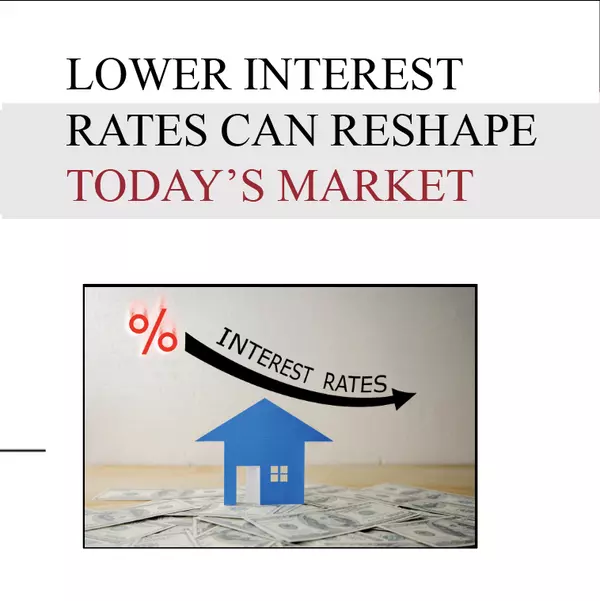
Homeownership: The Heart of the American Dream
Everyone’s vision for the future is personal and unique. But for many, common goals include success, freedom, and prosperity — values closely tied to having your own home and the iconic feeling of achieving the American Dream. A recent survey by Bankrate reveals exactly that: homeownership is still

More Than a House: The Emotional Benefits of Homeownership
With all the headlines and talk about housing affordability, it can be tempting to get lost in the financial side of buying a home. That’s only natural as you think about the dollars and cents of it all. And while you ultimately need to be able to afford a home you buy, don’t lose sight of why homeo

Focus on Time in the Market, Not Timing the Market
Should you buy a home now or should you wait? That’s a big question on many people’s minds today. And while what timing is right for you will depend on a lot of other personal factors, here’s something you may not have considered. If you’re able to buy at today’s rates and prices, it may be better t
Categories
Recent Posts












